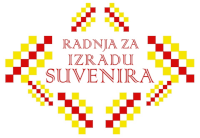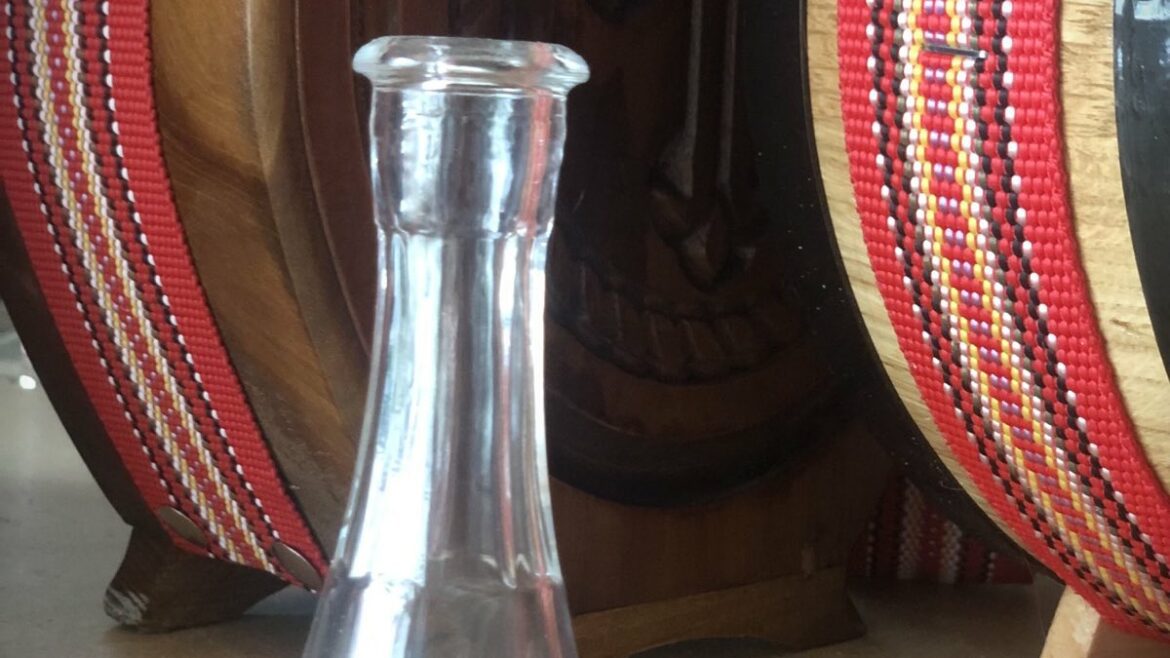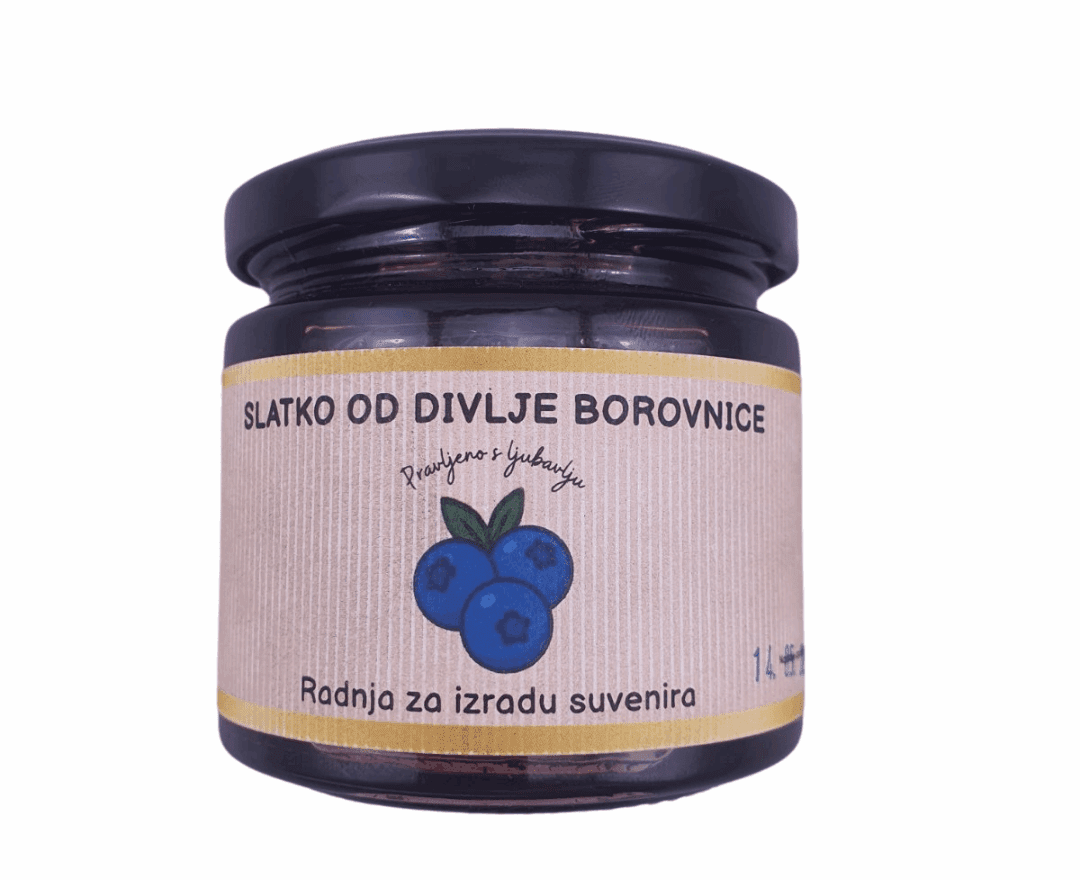The ,,čokanj” is a traditional vessel used as a glass for drinking rakija in many parts of the Balkans, especially in Serbia, Bosnia and Herzegovina, and Montenegro. It is characterized by its small volume, usually between 20 and 50 milliliters, and its thick walls, which help keep the rakija cold for longer.
The čokanj is most commonly made of glass, but it can also be made of ceramics or metal. It has a short, cylindrical shape with a flat bottom, which allows for easy handling and stability. The volume varies, but it is usually between 20 and 50 ml.
The word čokanj originates from the Turkish word “cokal,” which was a vessel for serving water or other drinks. Today, instead of the term čokanj, expressions such as čokanjčić, unuče, fićok, or fraklić are also used.
The use of čokanj has roots that stretch far into the past, and rakija has always played an important role in the lives of people in the Balkans. Drinking rakija from a čokanj is deeply rooted in tradition and customs, passed down from generation to generation, and remains a symbol of hospitality and friendship.
Drinking rakija from a čokanj is often part of traditional rituals and customs, such as slavas, weddings, and other family and social events. In many parts of the Balkans, before rakija is drunk, the host often makes a toast, expressing good wishes to those present.
The čokanj, or čokanjčić, is often a popular souvenir for tourists, as it represents a part of Balkan tradition and culture. Many souvenir čokanjs are decorated with traditional motifs and engravings, making them attractive decorative items.
There is a rule in serving rakija: after drinking, anyone who cannot pronounce the tongue twister “Čokanjčićem ćeš me, čokanjčićem ću te!” is no longer served rakija.




